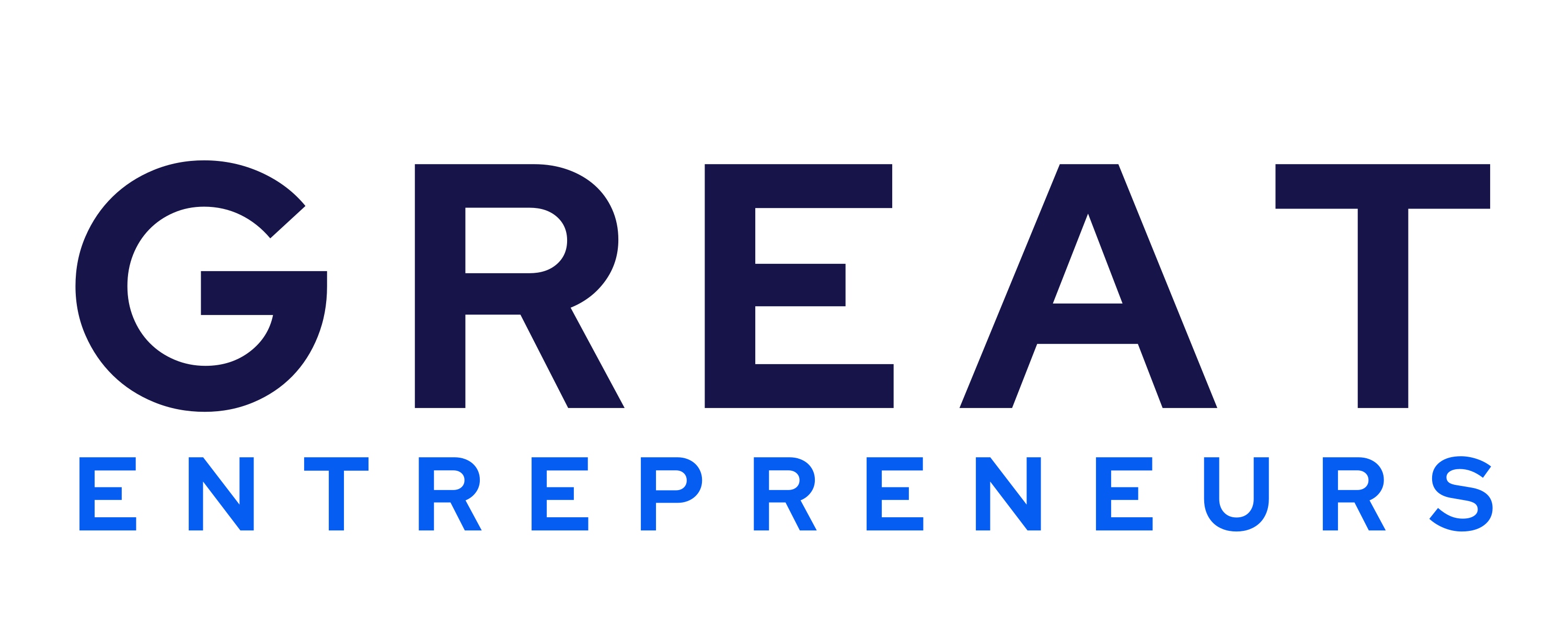Work-life balance has become more important to employees in the wake of the pandemic. Workers are increasingly evolving to value their physical, emotional, and mental well-being over pay and benefits—especially women.
In the new age of work, flexible schedules, a healthy work environment, and open communication between employees and employers are more important now to workers. A Randstad survey from 2021 found that 65% of job seekers in the United Kingdom (UK) prioritized work-life balance over benefits or increased pay. The United States (US) has similar numbers according to a 2022 FlexJobs Career Pulse Survey: 63% of respondents said they'd choose work-life balance over better pay.
The pandemic has had a particularly harsh impact on women in the workforce. Many have seen their earnings stall or fall as family obligations have increased, as those who are the primary caregivers in their households were tasked with managing distance learning on top of other commitments. And in response to this, women leaders are leaving executive roles at a higher rate than ever before, according to data from Lean In.
Employers are responsible for addressing issues around the changing landscape of work-life balance issues. This means not implementing empty gestures, but creating programs that address their workforce's growing needs and concerns. Companies should consider employees' personal lives, especially if they're primary caregivers for close relatives or friends, and shift company culture to revolve around results rather than surveillance, allowing for empathy in extenuating circumstances.
Additionally, for women in the workforce trying to balance their work and personal lives, opportunities for advancement should be equitable and fair. According to data from Lean In, women suffer from higher levels of burnout, are more likely to be pigeonholed into a junior position and are more likely to switch jobs if they see career advancement opportunities elsewhere. If employers begin taking a more holistic approach to work and life that accounts for their employees' unique experiences and challenges, productivity and success will follow.




















